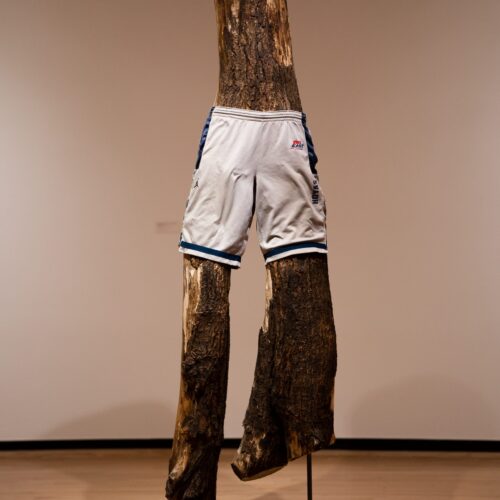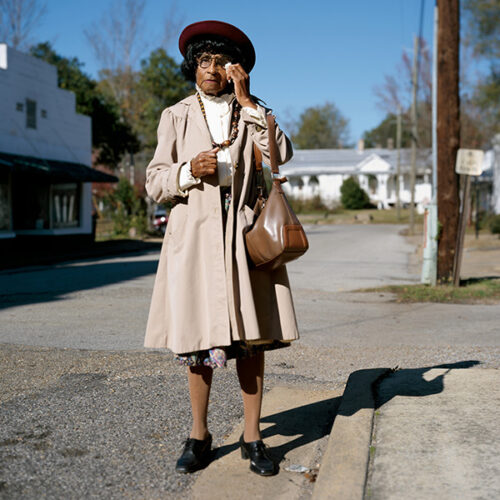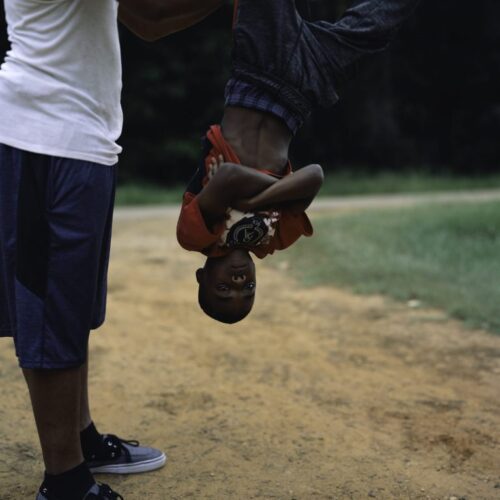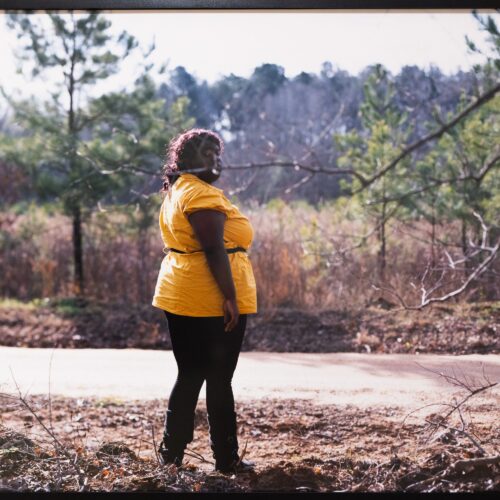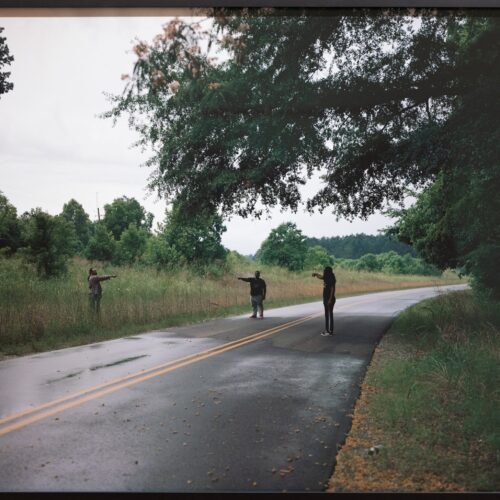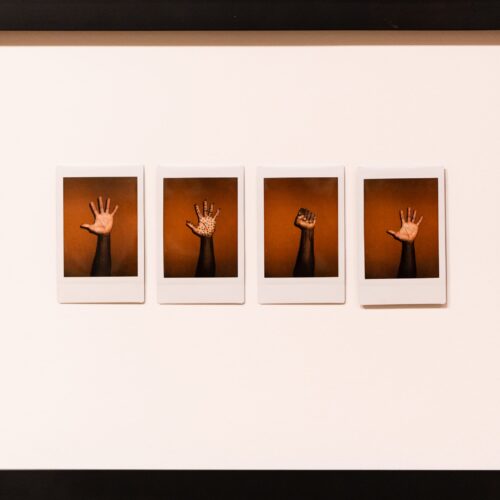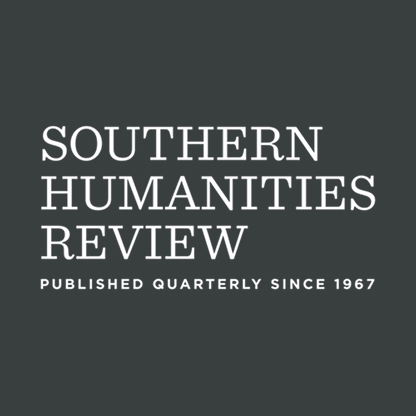

Forward
“as if we are here meeting eye to eye,” which takes its title from a poem by Kwoya Fagin Maples, is a collection of works created in response to the photography of RaMell Ross, a visual artist whose objects explore the Black Experience, particularly in relation to the American South.
For this feature, the Jule Collins Smith Museum of Art at Auburn University and Southern Humanities Review invited several authors to compose new poems in conversation with Ross’s work, on view at the museum from August 23 to December 30, 2022.
Derrick Austin
Ashley M. Jones
Quraysh Ali Lansana
Kwoya Fagin Maples
Roger Reeves
Courtney Faye Taylor
Spell, Time, Practice, American, Body: The Work of RaMell Ross is curated by Richard McCabe, Curator of Photography, Ogden Museum of Southern Art, and organized by Ogden Museum of Southern Art, New Orleans, Louisiana. For this iteration, Jule staff worked with the artist to install.
The guest editor for this feature is Ashley M. Jones with contributing editor Rose McLarney, Associate Professor of Creative Writing at Auburn University.
Introduction
Hale County is my motherland. And I mean that literally–my mother is from there–from Greensboro, Alabama, which colored my childhood red and black. Red, from the clay that lives there and which tastes–yes, tastes–sour but right on the tongue when the right auntie gives it to me. Black because that’s what we are. When I was asked to help curate a literary response to Ross’ exhibit, Spell, Time, Practice, American, Body, on display at the Jule Collins Smith Museum of Art at Auburn University, I was immediately invested because of the photographs’ primary location. Hale County is singular, but it also seems to represent so many parts of our country where Black people live and work but are not always represented correctly. The gaze of many photographers’ lenses might see us there as only the sum of our bank balance or the sound of our Southern twang. But Ross’ work sees beyond that unfair lens to the truth–the people, the heart, the humanness there which rises above any sort of supremacist or colonial gaze.
And these poets, who we selected because their work so often intertwines with the visual form, have taken inspiration from Ross’ work and moved in varied ways on the page. Courtney Faye Taylor deals with image and words in her remarkable and inimitable way. Kwoya Fagin Maples’ keen eye for pulse and purpose reverberates in her poem.
Derrick Austin shares an exploration of memory, pleasure, and terror. Quraysh Ali Lansana’s persona poem has a quick and biting sound which illuminates the page. And my poem reflects on joy as an alternative way of being for Black mothers in America. There is so much to be plumbed from the photographs, and I hope these poems add to the depth and richness of Ross’ work.
–Ashley M. Jones, Alabama Poet Laureate

